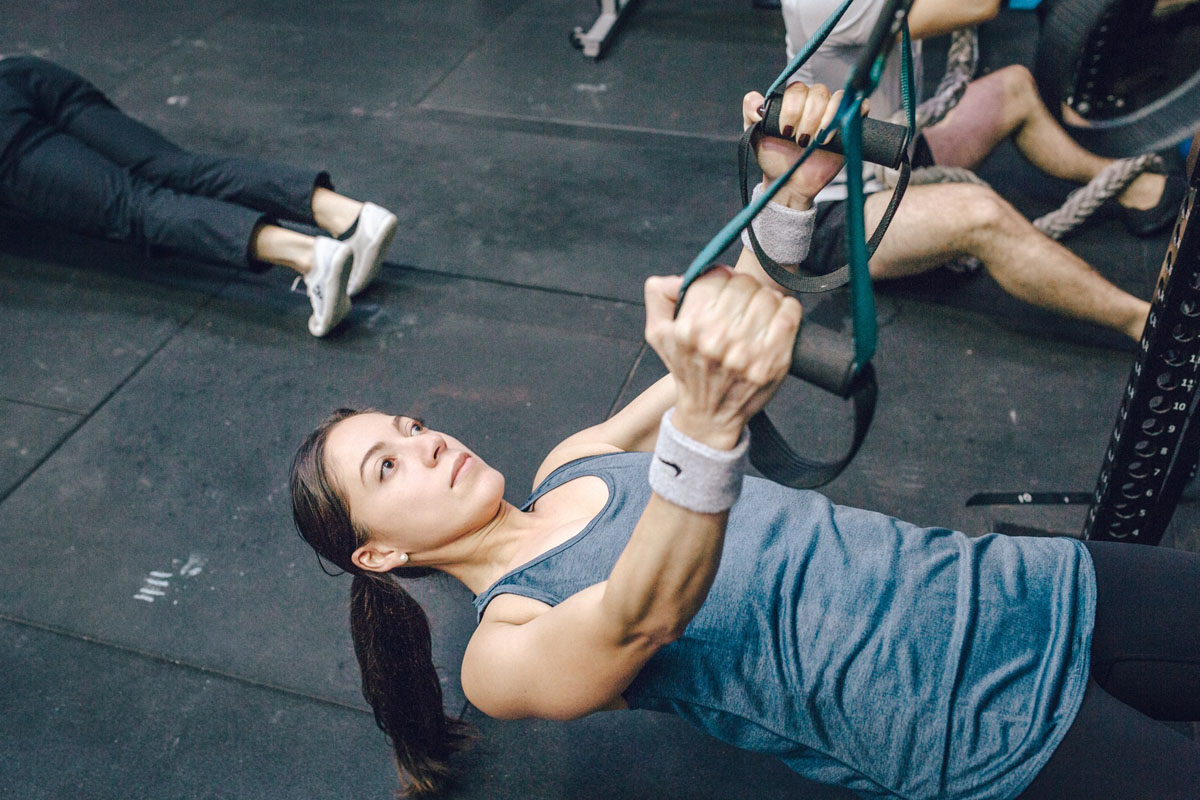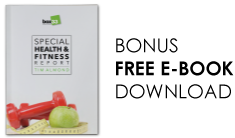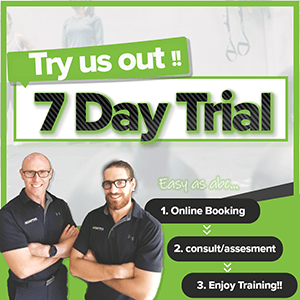A student of ours recently had some life changing events occur to him.
A close friend of his, health took a turn for the worse.
This caused him to examine his own life and think about where he was heading.
He looked at his parents who have been struggling to stay healthy and are pretty much confined to the house. He thought about his children and how he struggles to keep up with them being an older new father.
Only recently he injured his shoulder playing with them at the park.
Approaching 50 in a couple of years it dawned on him that he was heading in the same direction as his parents. This frightened him as he didn’t want to end up like them not being physically able to do anything.
Previously he hadn’t tried much or cared too much about his health and fitness. He was too busy running his business and keeping up with his family.
After 20+ years behind the desk and waking up stiff and sore, these sudden events – the deteriorated health of his friend and his own parent’s low quality of life – was enough to say enough is enough.
He then said something that has stuck with me. He said “Without my health I won’t be able to be there for my family or business and if I don’t do anything I’m going to end up like them”. As he said this I could see the fear in his face.
This realisation is what led him to training at Adaptive Strength (formerly Box33). When asked about why he wanted to train here he simply said “I want to be able to move better and be stronger for the long term”. Little did he know he had walked into a place devoted to make this happen.
At Adaptive Strength (formerly Box33) we have a philosophy distilled into a few key movement principles.
One of our key training principles is “we should first move well, then move often”.
Movement is at the core of human physical development. Moving well before moving often is natural and super important for allowing the body to adapt accordingly.
You can’t build a strong resilient body on poor dysfunctional movement patterns. It’s not natural. The body will struggle to adapt accordingly and often lead to injuries or pain.
This is where the functional movement screen (FMS) comes in.
It’s essentially a quick and easy way to screen fundamental movements before you train it.
If you train with a baseline of poor-quality movement the risk of injury is significantly increased. If, however you correct baseline movement with a methodical corrective exercise strategy the risk of injury is significantly reduced.
The FMS is designed to uncover any movement deficiency and asymmetries such as mobility or stability problems which will reveal any limitations. These are the issues that can contribute to the cause of why an individual may experience pain or discomfort on a regular basis.
It’s designed for all healthy, active and inactive people who want to increase their physical activity.
If you desire to be fitter, stronger and more athletic as you age it’s important to move well then move often.
Once the FMS has revealed a dysfunction an appropriate exercise strategy can be implemented to correct the problem and make you stronger.
This is the exact process our student above went through and why he is well on his way to moving better, being stronger and living a high quality life doing the activities he loves to do.







